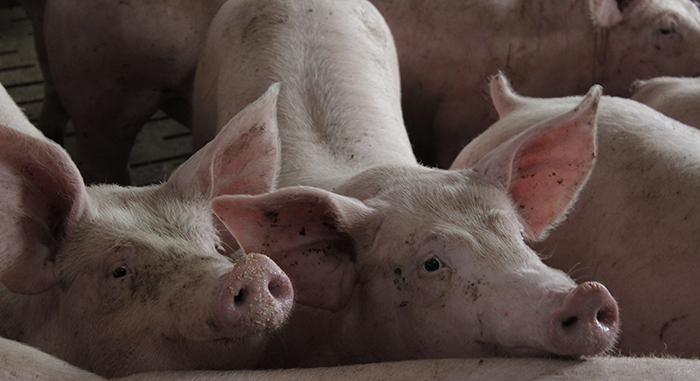Dr Phil Baynes has spent his career in pig welfare and nutrition. Based in Cheshire, he runs Baynes Nutrition and is a consultant nutritionist to Cargill
Pig production is an unpredictable business. Like most food producers operating on a free market, we don’t know the end price and we can’t be sure of the main input cost – feed. Both are decided largely by market forces. It’s a high stakes gamble.
I know I’m quoting the obvious, but it’s worth pointing out how we can lower the risks by taking more control of other critical elements, such as genetics, health, environment, labour and utilities. There’s a lot of ‘expert’ advice to help us in all these areas.
My suggestion, though, is to get this advice from a source with experience and a good track record. Don’t be afraid to ask! Then take the advice on board and stack the odds in your favour. Matching feeding to breeding is a prime example of the danger of gambling with production and raising the risks.
We have a variety of genetics available to us in the UK, the majority of which have been developed overseas. I have no concerns with the provenance of the genetics, nor, indeed, the advice accompanying the genetics for the major commodity of feed specification.
However, the information isn’t necessarily appropriate for the peculiarities of the UK pig industry where we are judged by the thickness of fat on the back at a specific point. Given that finishing space is a prime commodity for us, we also need to ensure that the pigs produced grow as fast as possible, as well as within the confines of the p2 shackled contract.
From an economic perspective, I have always based success on at least 85% of any load heading to the processor to reach Q grade.
For our production systems, achieving fast growth and producing pigs within contract specification is largely down to the correct feed being used at the appropriate time. This should be steered jointly by the breeding company recommendations and fine-tuned by the nutritional adviser. Bear in mind, too, that the early growth of pigs is the most important phase to get right.
Any form of growth suppression through inappropriate feeding can lead to desperately unwanted outcomes. There’s little opportunity to put right early mistakes. If a lower nutrient density (and therefore cheaper) diet is fed that does not meet the genetic requirement of the pig, growth is inevitably suppressed.
There is plenty of evidence that this suppression leads to poorer performance.
As the animal will be older than desired at slaughter, it is genetically programmed, particularly in the case of gilts, to lay down additional fat. It is my belief that pigs will tend towards fat if they have been previously compromised, as the body prepares for potential future ‘lean times’.
This is one example where we can improve the gambling odds by following the information available and the experience of trusted advisers. All too often, I see poor advice given or well-proven information ignored.
This inevitably leads to economic problems and makes our business even higher risk.




